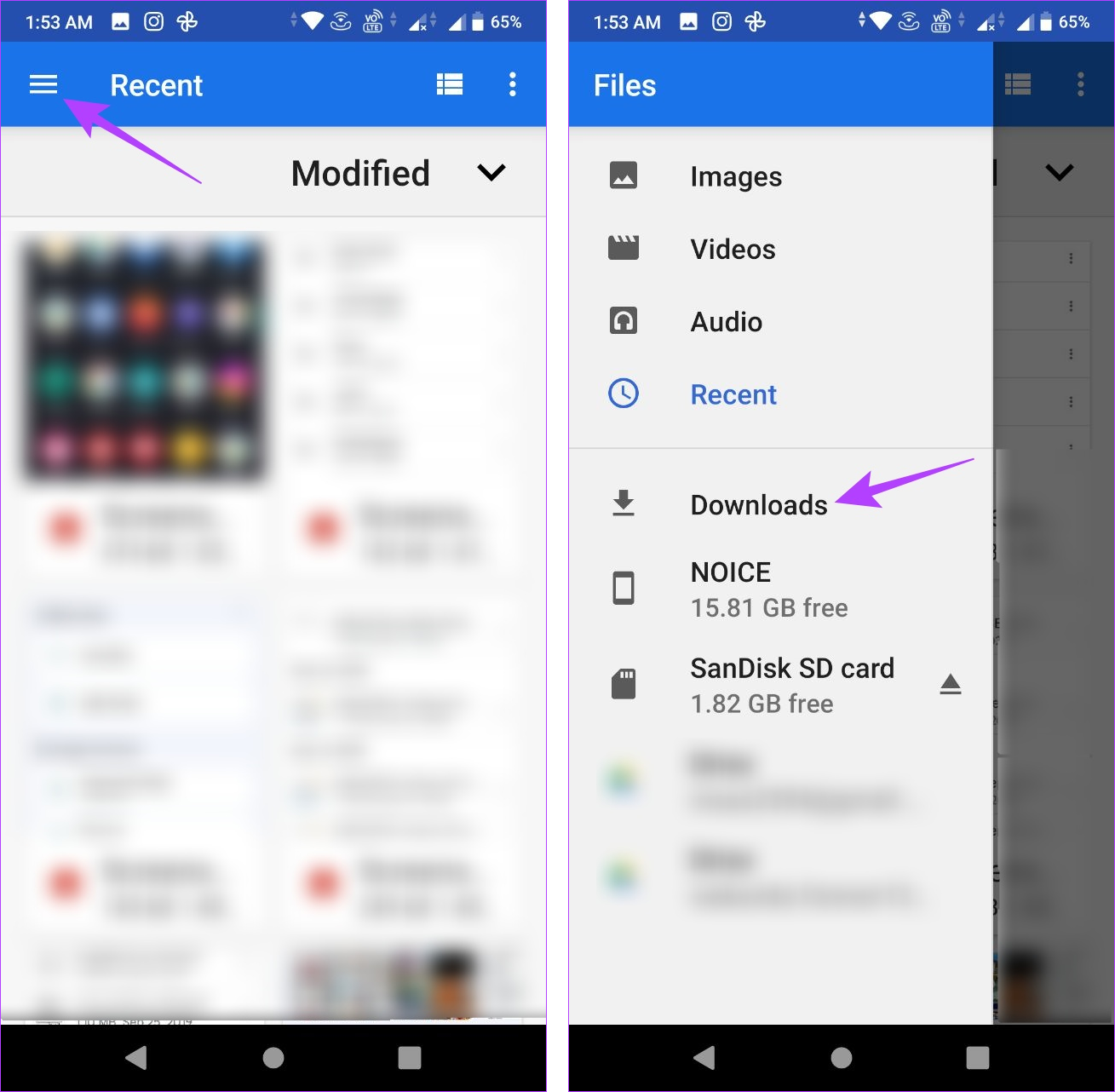Top latest Five downloads on android tablet Urban news
Top latest Five downloads on android tablet Urban news
Blog Article
Downloading and install documents on your Android tool is straightforward, yet situating them can be a hassle. Before you know it, photos, video clips, screenshots, and various other documents mess your phone. You need to understand where those downloads went to ensure that you can delete unnecessary documents that are occupying room on your phone.

If you're having difficulty locating a vital file that appears to have disappeared into slim air, fear not! This overview is below to assist you track it down and obtain your Downloads folder in order. Whether you're a happy proprietor of one of the premier Google Pixel phones or an additional Android gadget, we'll reveal you how to swiftly find your downloads and maintain them nicely organized.
Discover your downloads with the default documents manager
Each smart device manufacturer might offer a slightly various integrated Android app for data management, however your experience must be similar. If you own a Samsung phone, describe our tutorial, which demonstrates how to find downloads on your Samsung Galaxy phone.
Similar to other prominent os, Android has actually a marked Downloads folder for storing data. To find your downloaded and install documents on your device, follow these steps:
1. Open up the Documents or My Documents application from the home screen or app drawer.
2. Try to find a area called Downloads.
3. Touch it to watch the files you downloaded.
Use the Data by Google application for your downloads
If you're seeking a simple and efficient means to situate your downloaded and install documents on your Android tool, take into consideration using Files by Google from the Google Play Shop. This application sticks out as a leading option for its easy to use interface and functionality, making it an outstanding alternative to any preinstalled documents supervisor application on your gadget.
4. Open the Files application.
5. Select the Browse tab near the bottom.
6. Faucet Downloads.
7. Select the Download and install tab to see the data in that folder.
Locate your downloads by hand
If you're incapable to find the Downloads folder on the primary page of your documents supervisor app, try accessing your phone's inner storage space instead. Here's a detailed overview on how to do it:
1. Open the Documents application.
2. Select the Browse tab at the bottom.
3. Scroll down and go to Inner storage.
4. Tap the Download and install folder.
Relocate your downloads to one more location
Relocating files away from the Downloads folder is practical for several reasons, specifically for data including private or individual info. Putting these documents into their folder maintains them safe and secure and makes it hard to erase them accidentally. It also prevents them from getting buried and combined with the other random documents you download.
1. Open the Files app.
2. Navigate to your Download folder.
3. Tap the three-dot menu to the right of any file.
4. Choose the Move to option.
5. Tap Internal storage at the bottom.
6. Select any location or folder.
7. Tap Move here to transfer the file to that location.
Additionally, you can utilize the Copy to feature and transfer these files to a different location. This enables you to create numerous copies without deleting the original files from your Download folder.
View the exact location of your downloadsM/b >
At times, you might need to locate the Download folder click on the three-dot menu beside a downloaded file and select click here File info. For many up-to-date Android devices, the default path for downloads is/ storage/emulated/0/ Download. Although certain third-party web browsers could save files elsewhere, this is typically the primary download location.
Managing your downloads is easier than you think
The Files app by Google is an excellent choice for those who appreciate a straightforward file management solution. With its user-friendly interface and simple features, this app effectively categorizes your files into different types such as downloads, images, videos, and audio. Additionally, it provides the option to remove unnecessary files.
Speaking of tidying up, you can free up more storage space by learning how to delete unwanted WhatsApp media files. You can install an SD card on some Android devices if you're still short on space.
Report this page